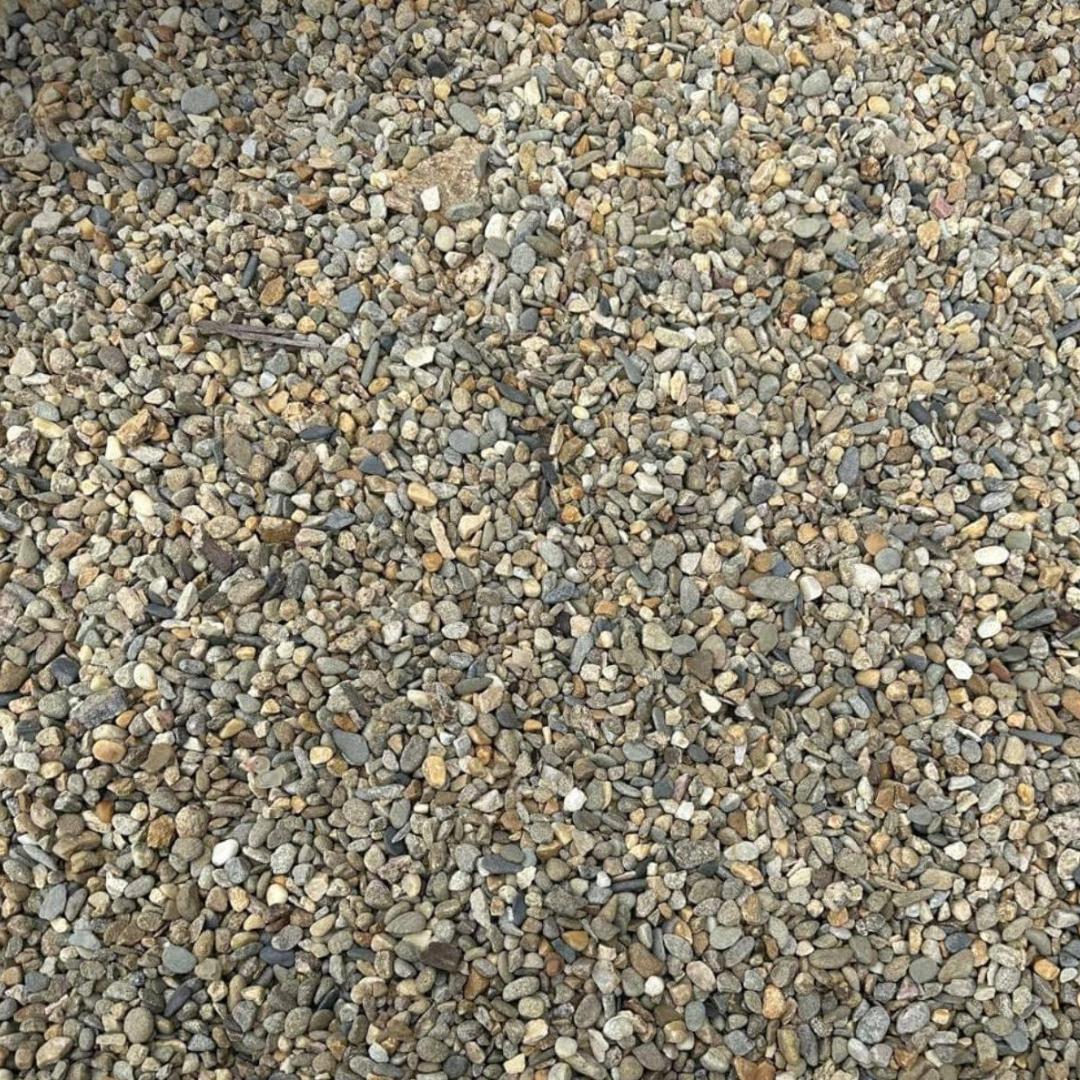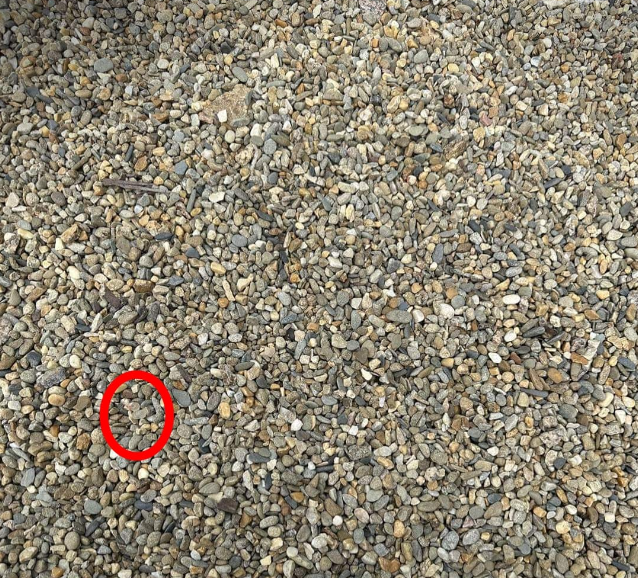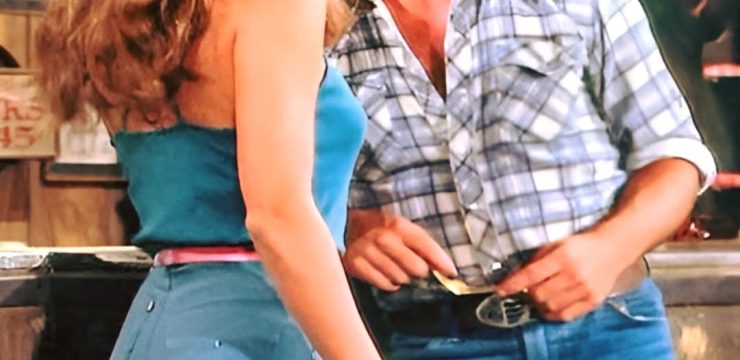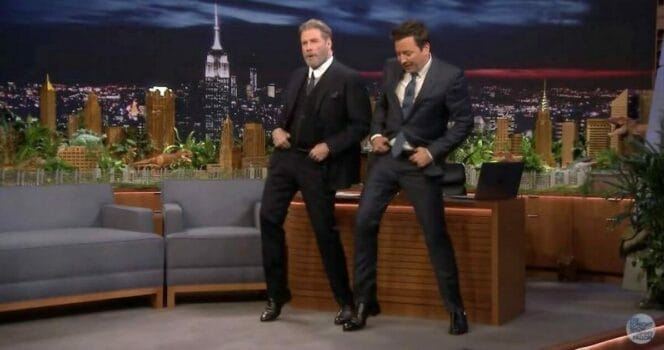Welcome to an exciting visual challenge that’s sure to test your observational skills! Today, we’ve got a mind-boggling image puzzle that has stumped many. Your mission: find the toy duck hidden among the pebbles. It might sound simple, but this one is trickier than it seems. Are you ready to give it a shot?

When approaching visual puzzles like this, many people rush through them, eager to find the answer quickly. This often means they overlook crucial details that are essential for solving the puzzle. The tendency to focus only on the most prominent features and neglect the subtler ones can lead to mistakes. So, how can you improve your chances of finding the hidden duck?
Here’s a systematic approach to help you successfully find the toy duck:
1. Take Your Time
First and foremost, give yourself enough time to really look at the image. Avoid rushing—taking a calm approach will help you catch those subtle details that are key to finding the duck. Patience is your best friend in puzzles like this.
2. Zoom In
If you’re viewing the image on a device, zooming in can give you a closer look at different parts of the picture. This is particularly helpful when trying to identify small features that are easily missed. Zooming in allows you to focus on specific sections, making it easier to pick out anything that doesn’t belong—like the toy duck.
3. Focus on Colors and Shapes
One of the best ways to spot the duck is by focusing on colors and shapes. The toy duck is camouflaged among the pebbles, so look for anything that breaks the natural color pattern of the rocks. Pebbles are usually shades of grey, brown, and sometimes muted greens. The duck, however, will have colors or shapes that are slightly different. Look for something that stands out—a small flash of color or a different texture could be the clue you need.
4. Look for Familiar Features
Think about what makes a duck distinctive—its bill, rounded body, and eyes. Even if the toy duck is cleverly camouflaged, these features may still be visible if you pay close attention. Focus on identifying shapes or outlines that resemble the parts of a duck. Sometimes, even just recognizing a rounded edge or a tiny bump can lead you to the hidden duck.
If you followed these steps and still haven’t found the duck, don’t worry—this puzzle is meant to be tough! The toy duck is hidden exceptionally well, blending in with the surrounding pebbles almost seamlessly. To help you out, we’ve included an image with a red circle highlighting the duck’s location below. It’s amazing how well it blends in, right?
Did You Find the Duck on Your Own?
Were you able to spot the duck by yourself, or did you need a little extra guidance? Either way, it’s all part of the fun! Share your experience in the comments below. How long did it take you to find the duck? Was it easier or harder than you expected? Everyone has a unique approach to these types of puzzles, and it’s always interesting to hear about different strategies.
Visual puzzles like this aren’t just entertaining—they’re also a great way to exercise your brain. Each time you tackle a puzzle like this one, you’re working on improving your observation skills and enhancing your ability to focus. It’s like a workout for your mind, and the more you practice, the better you’ll get at spotting those hidden details.
Why Visual Challenges Are Great for Your Brain
Taking on visual challenges like this one helps sharpen your observation skills. These types of puzzles require attention to detail, pattern recognition, and creative thinking—all of which are valuable skills in everyday life. The more you practice, the better you become at noticing small details, whether you’re solving puzzles or going about your daily routine.
Visual puzzles can also help improve patience and concentration. They force you to slow down, analyze each part of the image, and take a thorough approach to solving a problem. In today’s fast-paced world, learning to be patient and focus on the task at hand is a valuable skill.
Keep Practicing with More Puzzles!
Congratulations on tackling this puzzle! Whether you found the duck quickly or needed a bit of help, each attempt contributes to strengthening your cognitive abilities. Puzzles like these help improve problem-solving skills, enhance memory, and increase your attention to detail.

Don’t stop here—there are plenty of visual puzzles out there to keep challenging your mind. The more you practice, the sharper your skills will become, and you’ll notice an improvement in how quickly and effectively you solve these challenges. Keep engaging with puzzles, and most importantly, keep having fun while doing it.
Happy Puzzling!
Every time you take on a challenge like this, you’re helping your brain stay sharp and your observation skills grow stronger. Whether you need to zoom in or look multiple times, each effort makes a difference. Remember, it’s not always about finding the answer instantly but about the process of discovery and the small victories along the way. Keep exploring, keep searching, and most importantly—keep puzzling!





